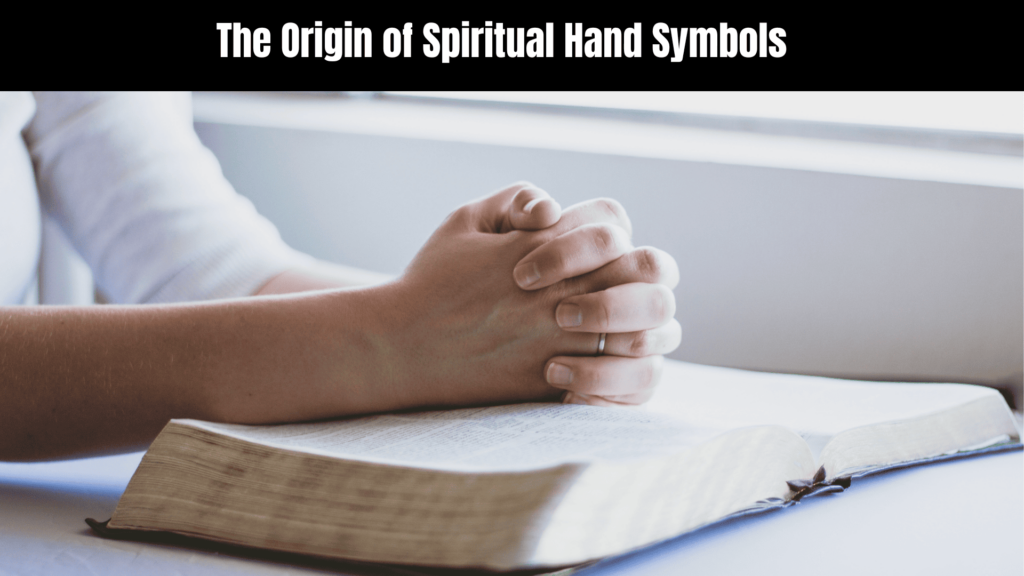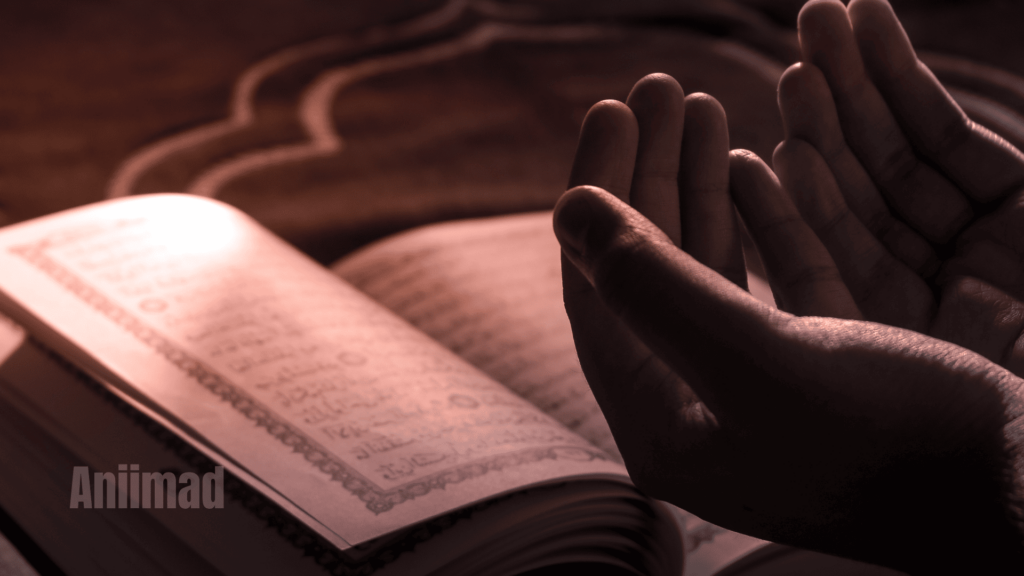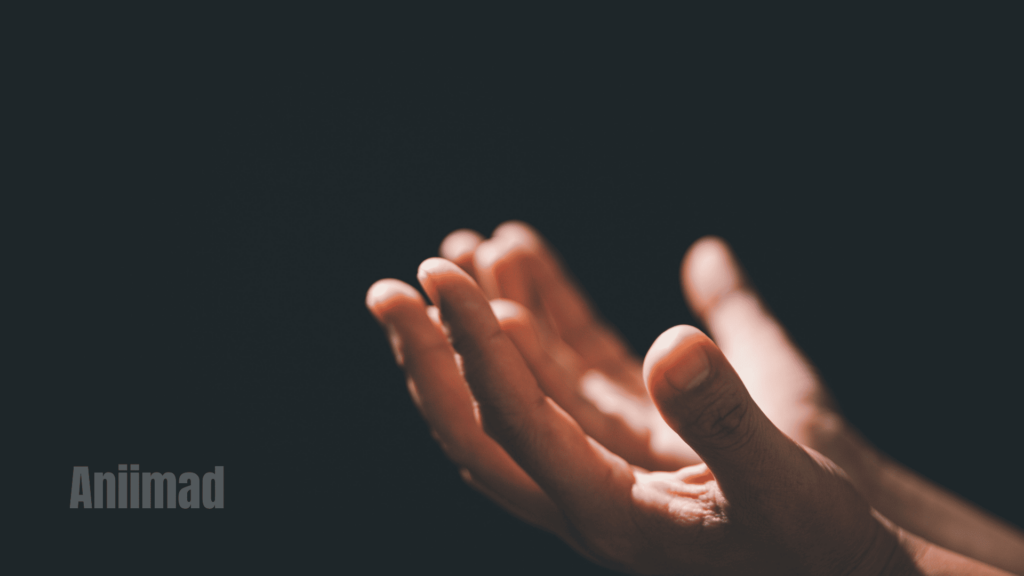Spiritual Hand Symbol: A Connection to the Divine
Uncover the symbolism and meaning behind the spiritual hand symbol. Explore its rich history and cultural significance. Discover how to use it for spiritual purposes.
In a world where spirituality holds a significant place in many people’s lives, the use of symbols to convey profound meanings has been a timeless practice. One such symbol that transcends cultural and religious boundaries is the spiritual hand symbol. This article delves into the captivating world of spiritual hand symbols, exploring their origins, significance, and the message they carry.
The Origin of Spiritual Hand Symbols

Spiritual hand symbols have a rich history that dates back centuries. These symbols can be traced to various cultures and religions, each with its unique interpretation and purpose.
Ancient Beginnings
Spiritual hand symbols find their roots in ancient civilizations, where symbolism was a fundamental aspect of daily life. These symbols were not only visual representations but held deeper, often mystical, meanings.
Hinduism and Buddhism
In Hinduism, the use of hand gestures, known as mudras, is an ancient tradition. Mudras are sacred hand gestures employed during meditation and ritual practices. Each mudra holds a specific purpose and meaning. For example, the Anjali Mudra involves joining the palms together, symbolizing respect and greeting, while the Dhyana Mudra is used during meditation, signifying contemplation and spiritual awakening.
In Buddhism, the Abhaya Mudra, with the right hand raised and the palm facing outward, symbolizes fearlessness and protection. The Vitarka Mudra, with the index finger touching the thumb, represents the transmission of Buddhist teachings.
Judaism
The Hand of Miriam, also known as the Hamsa hand, has a long history in Jewish culture. It is named after Miriam, the sister of Moses and Aaron. The Hamsa hand symbolizes protection and blessings, serving as an amulet against the evil eye and misfortune. Its ancient origins can be traced back to both Jewish and Middle Eastern cultures.
Islam
In Islamic tradition, the Hand of Fatima, another name for the Hamsa hand, is revered as a symbol of protection. It is named after Fatimah, the daughter of the Prophet Muhammad. The Hand of Fatima features an open hand with an eye in the center, offering protection from harm and the evil eye.
Cross-Cultural Influence
The movement of people, trade, and cultural exchange over the centuries led to the cross-cultural adoption and adaptation of these spiritual hand symbols.
The Spread of Hamsa Hand
The Hamsa hand, originally rooted in the Middle East, has become a widely recognized symbol across various cultures, including North Africa, the Mediterranean, and beyond. Its popularity as a protective amulet extends far beyond its place of origin.
Om Hand Symbol
The Om hand symbol, with the sacred Om symbol at its center, is used not only in Hinduism and Buddhism but has also gained popularity in the West. It represents the connection between the individual and the divine, and its appeal transcends cultural boundaries.
The Significance of Spiritual Hand Symbols
Spiritual hand symbols hold profound meanings that go beyond their visual representation. These symbols are believed to bring various benefits to those who use or display them.
Protection from Negative Energies
One of the primary purposes of spiritual hand symbols is to provide protection from negative energies. These symbols are often believed to act as powerful talismans guarding against the malevolent forces that can impact our lives. The idea is that when you wear or display a spiritual hand symbol, it creates a shield around you, shielding you from harm.
The Hamsa Hand
For instance, the Hamsa hand, with its eye at the center, is a symbol of protection against the “evil eye.” In many cultures, it is believed that envious or malevolent glances can bring misfortune, and the Hamsa hand is used to ward off such negative energy.
Connection to the Divine
Spiritual hand symbols also serve as a bridge between the physical and spiritual realms, offering individuals a means to connect with their inner selves and the divine.
Om Hand Symbol
The Om hand symbol, with the Om symbol at its center, represents the connection between an individual and the divine. It is often used in meditation and spiritual practices to help the practitioner focus their mind and transcend the material world, entering a state of higher consciousness.
Inner Peace and Balance
These symbols can have a profound impact on one’s emotional and mental well-being. By reminding individuals of the importance of spirituality and the divine, they can help bring a sense of inner peace and balance.
Mudra Hand Gestures
In Hinduism and Buddhism, mudra hand gestures are used during meditation to help individuals attain mental clarity and inner tranquility. The specific gestures are believed to channel energy and enhance the practitioner’s connection to their inner self and the spiritual world.
Symbolic Meanings
Each spiritual hand symbol has its unique meaning, and people often choose symbols that resonate with their personal beliefs and values.
The Hand of Miriam
In Judaism, the Hand of Miriam is a symbol of the protective and nurturing qualities of women. It is a reminder of the strength and resilience that women possess and their role in shaping and safeguarding their communities and families.
Different Types of Spiritual Hand Symbols

The world of spiritual hand symbols is a fascinating tapestry woven with diverse symbols, each possessing its unique design and significance. In this section, we will explore various types of spiritual hand symbols and unravel their meanings and cultural contexts.
The Mudra Hand
Mudras, sacred hand gestures, are an integral part of Hinduism and Buddhism. These gestures hold deep symbolic meanings and are often used during meditation and religious rituals.
Abhaya Mudra
The Abhaya Mudra, which involves raising the right hand with the palm facing outward, symbolizes fearlessness and protection. It is a gesture that conveys reassurance and the absence of fear.
Dhyana Mudra
The Dhyana Mudra is a meditative gesture where the hands rest in the lap, right hand over the left, with both palms facing upward. This mudra represents meditation and contemplation, signifying the path to inner peace and spiritual awakening.
The Hand of Miriam
The Hand of Miriam, also known as the Hamsa hand, is a symbol with a long history in both Jewish and Middle Eastern cultures. Its significance transcends religious boundaries.
In Jewish tradition, the Hand of Miriam represents protection and blessings. It is commonly used as an amulet to guard against the evil eye and misfortune.
The Om Hand Symbol
The Om hand symbol, featuring the sacred Om symbol at its center, is closely associated with Hinduism and Buddhism but has gained recognition beyond these traditions.
In Hinduism, the Om symbol represents the essence of the ultimate reality and the interconnectedness of all things. When incorporated into a hand symbol, it emphasizes the connection between the individual and the divine.
The Hand in Spiritual Art
Beyond these well-known spiritual hand symbols, various forms of hand symbols are found in spiritual art, often denoting specific meanings.
Buddha Hand
In Buddhist art, the Buddha’s hand gestures, known as mudras, have particular significance. The Bhumisparsha Mudra, for instance, features the Buddha touching the earth with his right hand, symbolizing enlightenment and calling the Earth as his witness to his awakening.
Vitarka Mudra
The Vitarka Mudra, in which the thumb and index finger form a circle, symbolizes the transmission of Buddhist teachings. It is commonly seen in statues of the Buddha or bodhisattvas.
The Modern Use of Spiritual Hand Symbols

The utilization of spiritual hand symbols has transcended their traditional religious and cultural origins, finding a place in the modern world that goes beyond spiritual or religious contexts. In this section, we will explore how these symbols have evolved and continue to be embraced in contemporary society.
Aesthetic Appeal
One of the most noticeable trends in the modern use of spiritual hand symbols is their aesthetic appeal. These symbols have a timeless beauty that many find attractive.
Jewelry
Spiritual hand symbols have become popular choices for jewelry, including necklaces, bracelets, and rings. People wear these symbols not only for their spiritual significance but also for their visual appeal. The delicate and intricate designs of these symbols add a touch of elegance and charm to one’s personal style.
Home Decor
Beyond personal adornments, spiritual hand symbols are often used as decorative elements in homes.
Interior Design
In interior design, these symbols are embraced for the positive and peaceful ambiance they create. They are seen as not only beautiful but also as sources of spiritual energy that can enhance the atmosphere of living spaces. From wall art to decorative items, these symbols have become integral elements in modern home decor.
Spiritual Practices
While many people use these symbols purely for their aesthetic and decorative value, they are still cherished by those engaged in spiritual practices.
Meditation and Yoga
Spiritual hand symbols are used in meditation and yoga as aids to deepen one’s spiritual connection. For individuals practicing these disciplines, these symbols can serve as focal points, helping them attain mental clarity, tranquility, and spiritual insight.
Cultural Influence
As our world becomes more interconnected, the influence of different cultures and traditions has led to the cross-cultural adoption and adaptation of spiritual hand symbols.
The Universal Appeal of Hamsa
The Hamsa hand, for instance, has become a symbol recognized across various cultures, extending far beyond its Middle Eastern origins. It is now appreciated as a symbol of protection and blessings worldwide, often used without reference to its specific cultural or religious background.
Om Hand Symbol in the West
The Om hand symbol, with its universal message of interconnectedness and spiritual enlightenment, has transcended its Hindu and Buddhist origins. In the West, it is embraced as a symbol of inner peace and personal growth.
Frequently Asked Questions (FAQs) About
1. Can anyone wear or display spiritual hand symbols?
Yes, these symbols are not limited to any particular religion or culture. Anyone can wear or display them.
2. What is the significance of the Hamsa hand?
The Hamsa hand is a symbol of protection from the evil eye and negative energies.
3. Are there variations of spiritual hand symbols?
Yes, there are various types of spiritual hand symbols, each with its unique design and significance.
4. Can spiritual hand symbols bring good fortune?
Many people believe that these symbols can bring good fortune and ward off negative energies.
5. Where can I find spiritual hand symbols for purchase?
You can find spiritual hand symbols in jewelry stores, online marketplaces, and stores that sell spiritual and religious items.
Conclusion
Spiritual hand symbols have a universal appeal that transcends cultural and religious boundaries. They hold significant meaning and can bring protection, connection, and a sense of spirituality to those who embrace them. Whether you wear them as jewelry or adorn your living space with them, these symbols are a powerful reminder of the profound mysteries of the spiritual world.